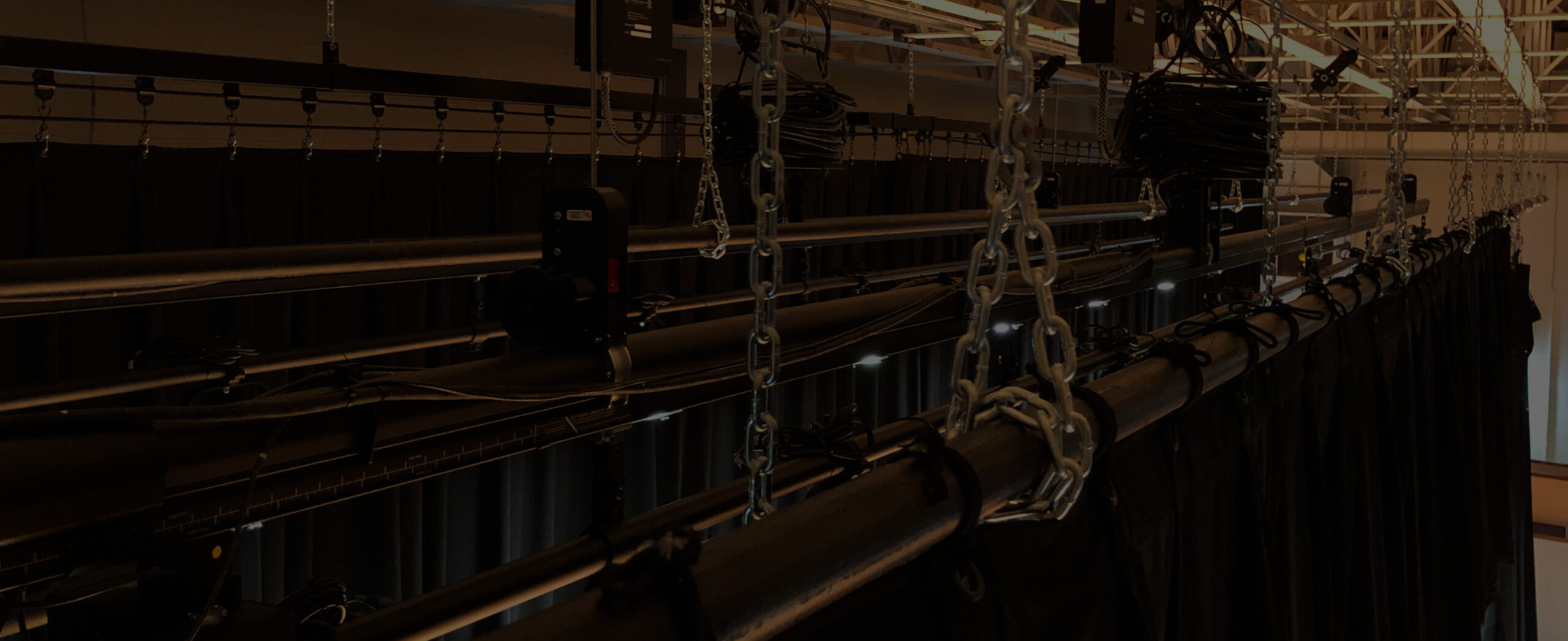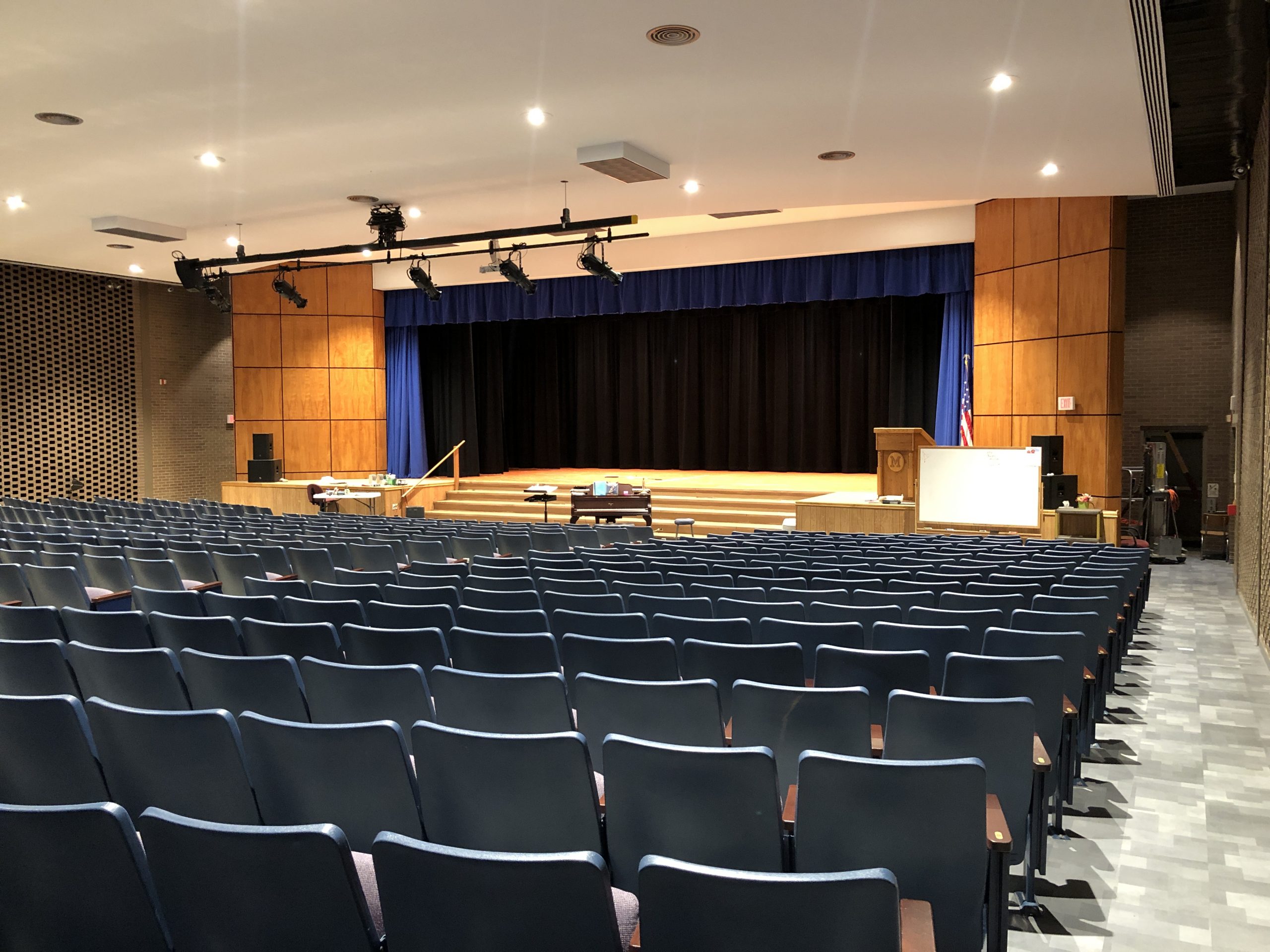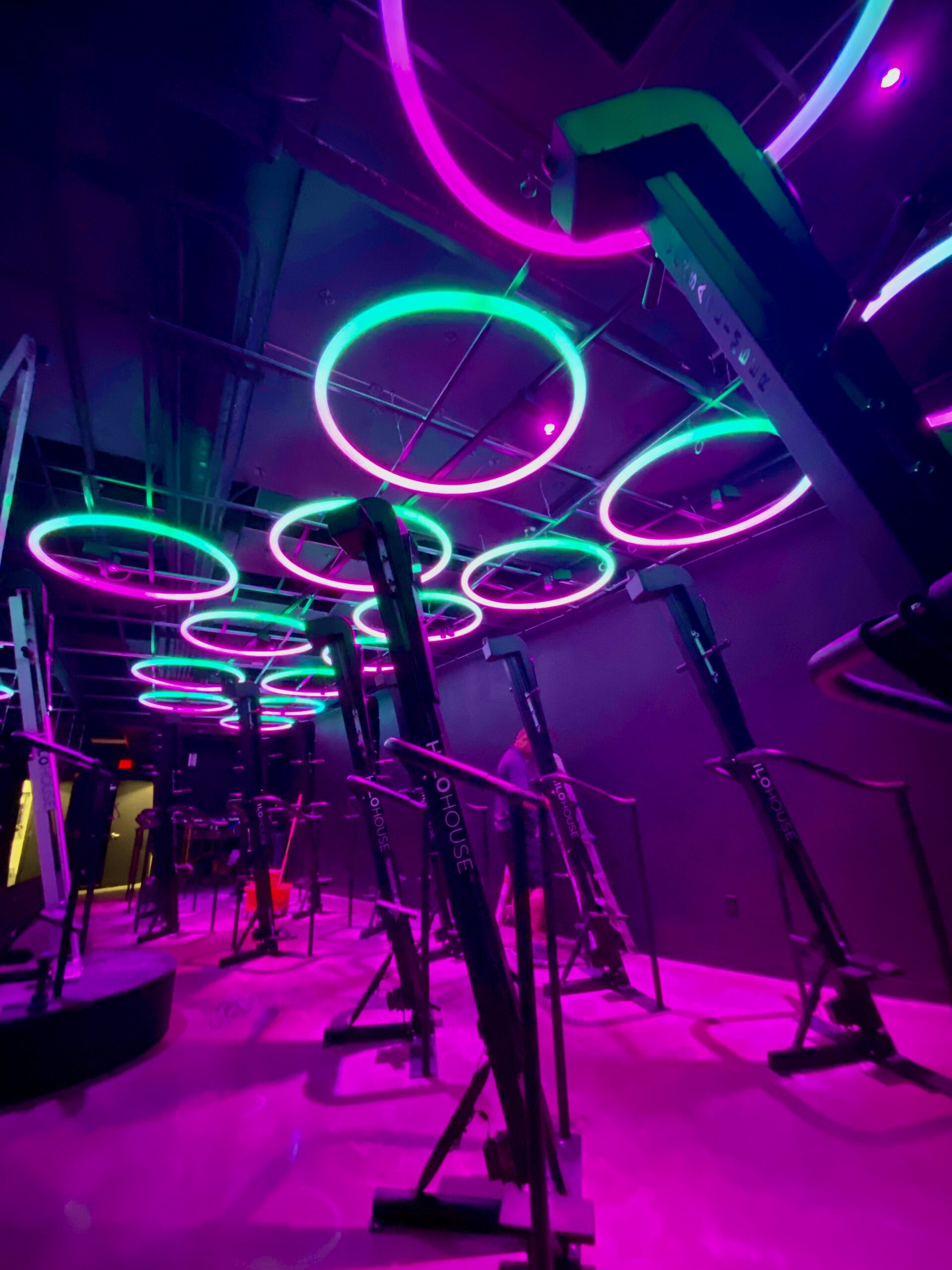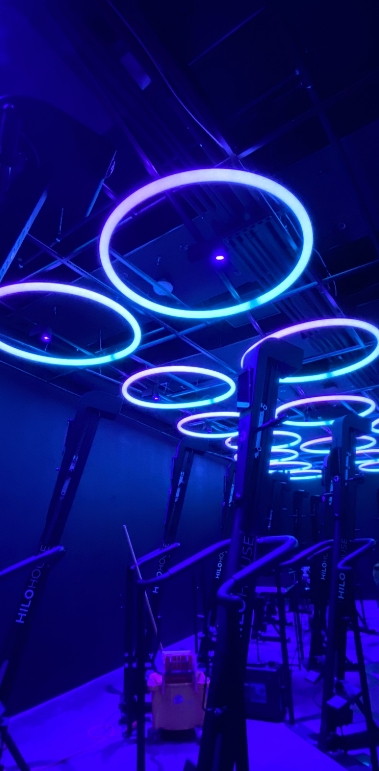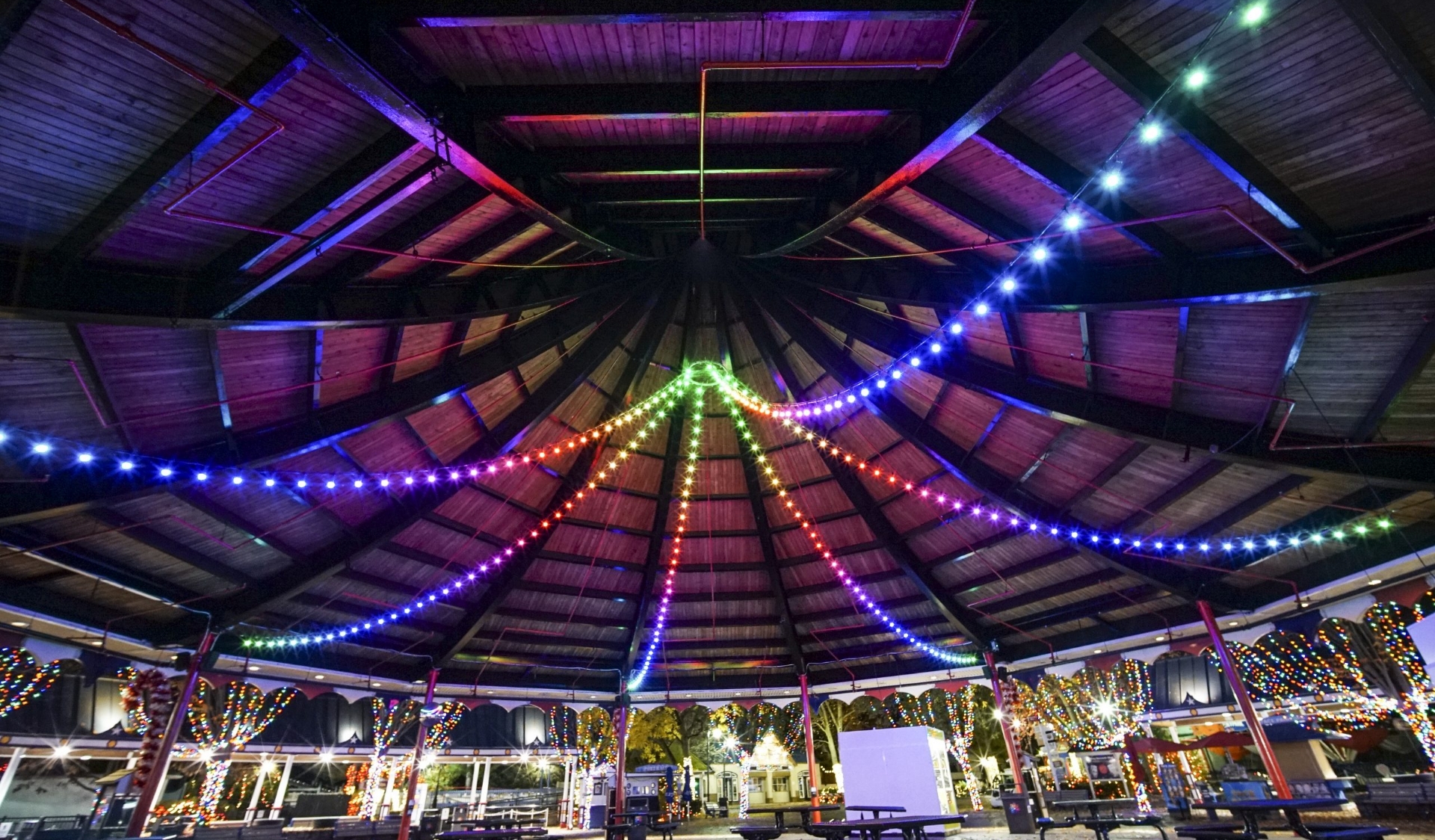Static rigging — otherwise known as a no flying system — is a suspension rig style that stays in one location. With a static rigging design and integration, borders and legs are commonly tied to pipe hung from the roof structure, where the entire rig stays permanently during operation. Because of its unchanging position and magnitude over time, static rigging offers several benefits and drawbacks:
- Advantages: Static rigging offers a higher level of consistency, as it remains in one place throughout the entirety of the show.
- Disadvantages: The unmoving nature of a static rigging setup doesn’t lend itself to versatility. Performances with multiple set changes, dramatic stunts or multiple ambiance shifts may find themselves limited by a static rig.
Overall, this type of rigging plays a key role in entertainment productions, offering increased safety and production efficiency. Whether you use it for installing set pieces and props, hanging audio and speaker systems, mounting projection screens and displays, or suspending lighting fixtures, our system will help you get the job done.

